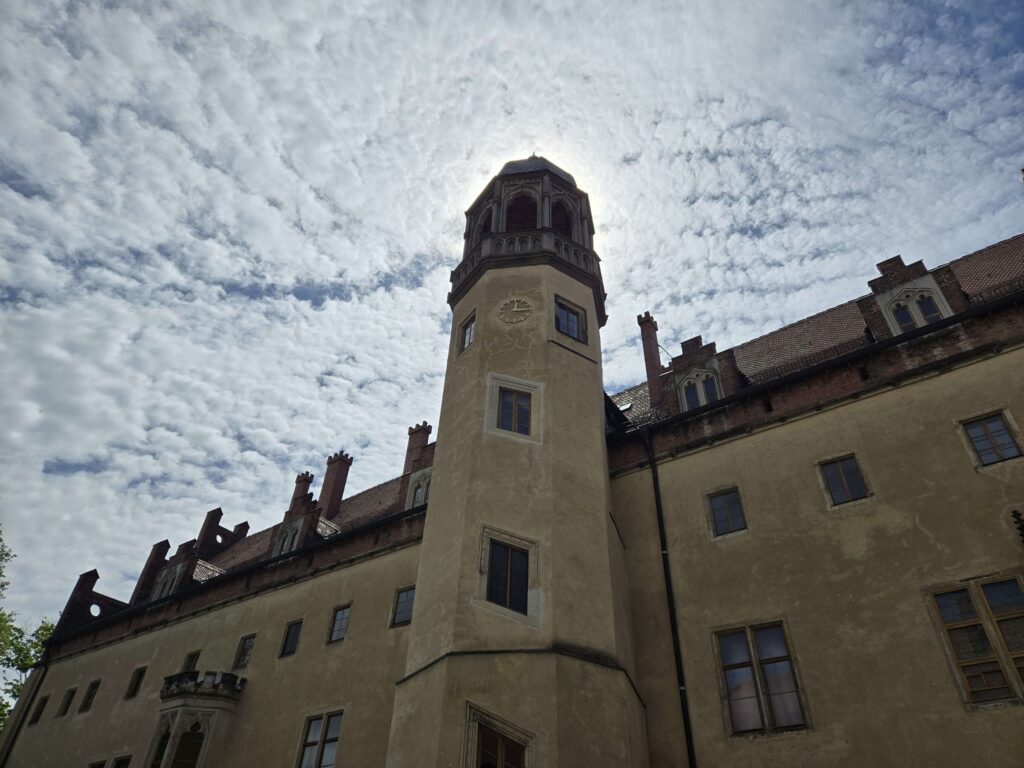After Berlin we made our way south and made a brief stop in Wittenberg. The town was like stepping into a history book, with cobblestone streets and medieval buildings that make the entire place feel frozen in time. Most famously, Wittenberg is the birthplace of the Protestant Reformation, and walking through it gave a powerful sense of how one town changed the course of world history.
The two major highlights were the Lutherhaus—where Martin Luther lived and taught—and the Schlosskirche. It was on the door of this church that Luther famously nailed his 95 Theses in 1517, challenging the practices of the Catholic Church. That single act might not have been the catalyst that sparked waves of religious and social change that shaped modern Europe, but it is certainly one of the most famous events of the period. Standing in front of that door, now covered in bronze plates engraved with the full text of the theses, felt like standing at ground zero for movement that would go on to influence not only Europe but the rest of the world.
What added another layer to the visit were the small plaques around the town marking where notable visitors had been. One in particular stood out: a plaque noting that Martin Luther King Sr. had visited Wittenberg. It was a striking connection between two figures—both religious leaders, both agents of massive social change, and both fathers (in both the metaphorical and literal sense) of massive disruptive forces—separated by centuries and an ocean but united in their commitment to justice.
Even though Wittenberg was a shorter stop on our itinerary, it left a deep impression. It reminded me how even the smallest places can have an outsized impact on history—and how the echoes of those moments still resonate today.

